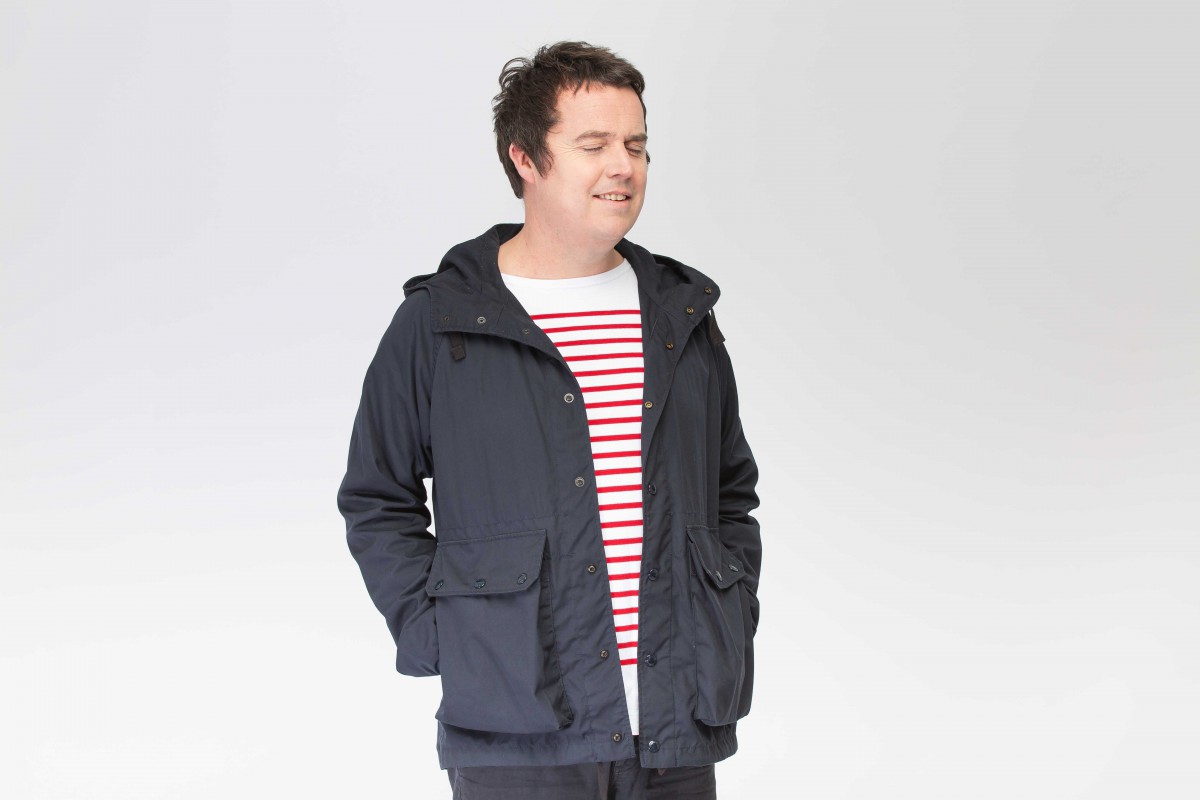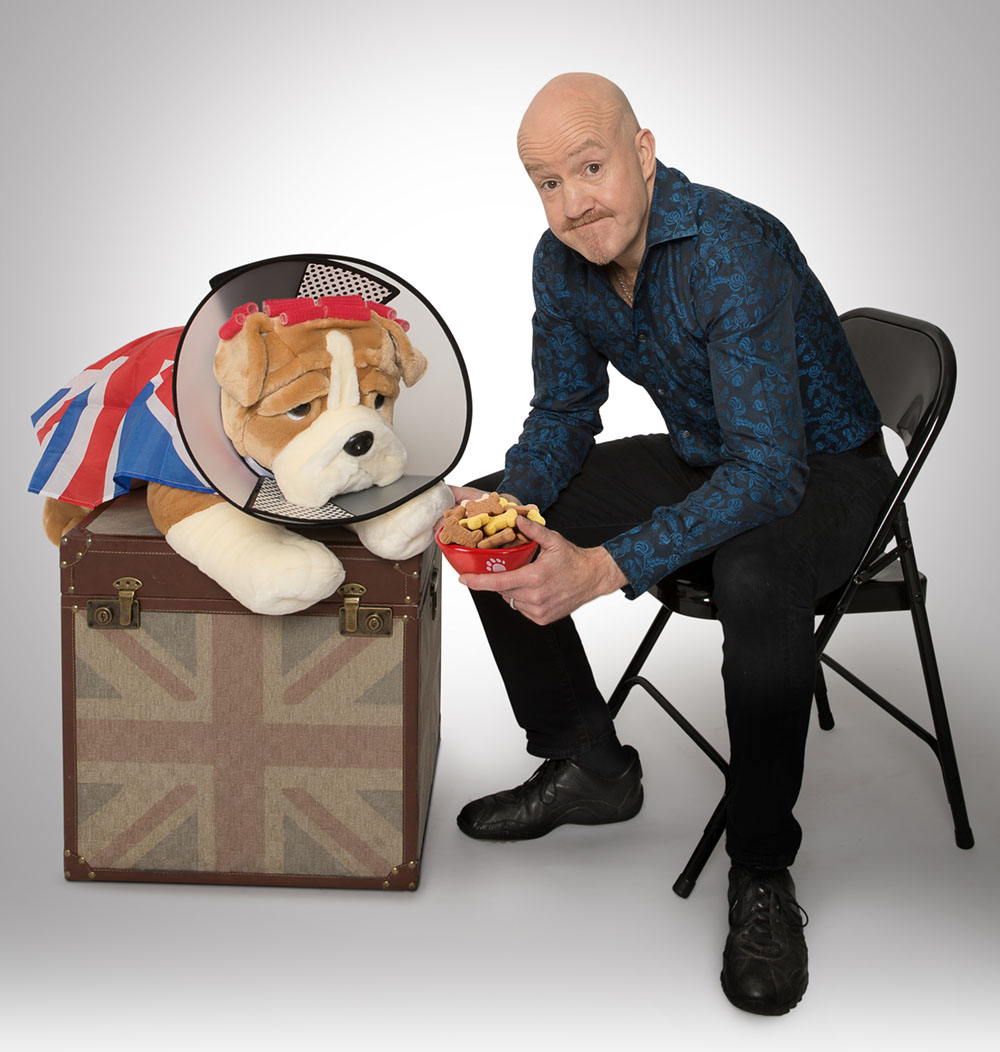Norfolk-born academic, conservationist, broadcaster and author Ben Garrod is bringing a show about dinosaurs to Diss as part of a nationwide tour. Here he tells us about what audiences can expect.
Q: You’re taking your latest show – Ultimate Dinosaurs! – on tour; tell us about it.
A: First and foremost, it’s a really entertaining show. The kids love it and from the outset become fully engaged, animated and involved. Where it differs from other dinosaur shows, is that it’s backed up by lots of fascinating facts and science. So, as well as being great fun for the whole family, it’s also hugely educational. I cover the iconic dinosaur species, but also some of those we don’t know huge amounts about. So lots of favourites, as well newly discovered ones and the weird ones. And I try to look at dinosaurs in the way we would look at any other animals – at their behaviour, their ecology, their habitats and predator-prey relationships.
Q: Do you debunk dinosaur myths we see in films?
A: Completely. I don’t want to get into a lawsuit but there is a certain franchise that has done both so much for palaeontology and so much against palaeontology! I do play with that one but we need to get away from the myth that dinosaurs were huge monsters doing monstrous things all the time and that T. rex went around all day roaring at things. That’s rubbish, it was probably a very lazy predator that ate every few days and then did very little in the interim. And a velociraptor wasn’t some huge creature – it was just like a very angry chicken.
Q: Is there audience interaction in the show?
A: Oh yes, lots. I don’t want the children to sit there passively. I want them to shout out the answers and be involved, and I like the fact that they want to demonstrate their passion for the subject. At one point I have a competition between the adults and the kids to see who knows more – and the adults have never won that round. We also do a Q&A at the end.
Q: Have you ever been stumped by a question from the audience?
A: Some of the questions the kids come up with are incredible because they are following all the latest research. I always say they will tell me things I don’t know and they do try to catch me out, which is fine, because seeing a scientist who doesn’t have all the answers shows we’re human too. I really enjoy that when it happens.
Q: This is a family show, but do you go into gory detail about some of the more predatory dinosaurs?
A: Yes! Kids are horrible little things sometimes because they really want to see dinosaurs ripping something to bits. They cheer when they see some poor fish ripped out of a stream by a huge Spinosaurus. But I explain this is nature and there aren’t any goodies or baddies – these animals need to eat. I explain the big guys don’t always win – and there are instances of where the salad-munchers come up top trumps. And we look at the differences across the predators; some used their heads to headbutt other dinosaurs, some used their teeth to slash like sharks, some were ambush hunters.
Q: How do we know all this, as these creatures have been extinct for 65 million years?
A: The technology is improving all the time, so we are constantly adding to our knowledge. We can use laser scanners and the sort of equipment engineers use to understand load force in buildings, for instance, to see how much dinosaurs weighed by how much load their limbs could take. We’re finding more high-quality fossils than we ever did in the past, and that, coupled with the tech, really helps us. One example is feathers; we have seen feathers in many, if not most, predatory dinosaurs; even T. rex may have been feathered, but the jury’s still out on that one. With a scanning electron microscope we can look at the molecules in the feather filaments, and the arrangement and shape of particular molecules can – almost like Morse code – help us predict what colours these feathers would have been by looking at the same arrangements and shapes in living birds.
Q: That’s amazing. What examples do you have?
A: We’ve seen black-and-white feathered dinosaurs with red crests, or some with iridescent sheens like starlings today. There are even ginger ones back in the Jurassic and Cretaceous periods, which the kids love.
Q: Have you ever had to change a show because the science was updated?
A: Absolutely. Before a show I did last year a palaeontologist friend of mine tweeted about a paper he had just published, which updated an important area I covered in the show – so I walked out on stage and told the audience. Part of the fun thing about science is that if you think it’s all been done, it’s all been discovered, you’ll find that’s rubbish. So much about dinosaurs has been discovered in the past 10 or 15 years.
Q: What’s the latest big discovery?
A: The biggest dinosaur ever discovered was excavated in 2017 in Argentina. It was three or four times the size of the Diplodocus (Dippy) in the Natural History Museum.
Q: How did you become interested in dinosaurs?
A: I grew up in Norfolk and when I was five or six years old I found some tiny cylindrical shells with a wonderful crystalline formation on the inside on a local beach, and my dad told me it was a creature that lived millions of years ago, was now completely extinct and this was a fossil. They held some magic for me – I still have them – and got me interested in the extinct world. I am an evolutionary biologist by training and am now Professor of Evolutionary Biology and Science Engagement at the University of East Anglia.
Q: Your new book has just been published. What is it about?
A: It’s the latest in the Ultimate Dinosaurs series, about Ankylosaurus, an armoured dinosaur with a huge club on its tail, walking around in the end Cretaceous, battling things like T. rex.
Q: Do you have a favourite dinosaur?
A: I have learnt not to say because I’ll never hear the end of it from the kids in the audience if it’s not their favourite. It’s like getting trolled by five- and six-year-olds!
- Ultimate Dinosaurs! is at Diss Corn Hall on October 8, 2023, with other dates across the country.



